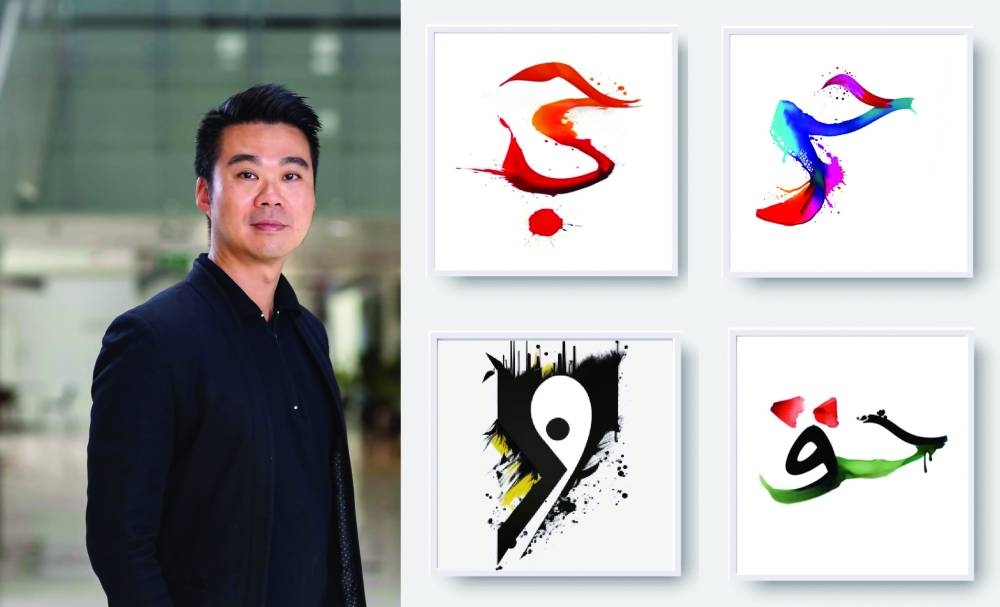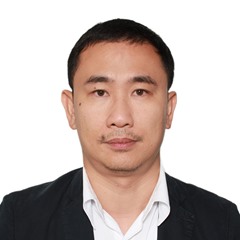A recent seminar on artificial intelligence (AI) and Arabic calligraphy brought together local calligraphers, artists, and AI experts at the Qatar National Library (QNL), marking what was described as a groundbreaking fusion of tradition and technology.
The event on 'AI & Arabic Calligraphy: Crafting Calligraphy in the Digital Age' was organised by Hamad Bin Khalifa University (HBKU)’s College of Science and Engineering (CSE) in partnership with the QNL.
It was graced by CSE founding dean Dr Mounir Hamdi.
CSE associate professor Dr James She, a Doha-based media artist and the lead researcher in AI for Art, Media, Culture, and Heritage initiatives at the HBKU, shared the motivation behind the event and unveiled intriguing samples of AI Arabic calligraphy artworks produced with breakthroughs from their research efforts.
At the event, he addressed the current limitations of AI technologies for Arabic calligraphy, including popular tools like Midjourney and Stable Diffusion, while also highlighting his innovative solutions and techniques.
“Empowering tradition with technology, our seminar on 'AI & Arabic Calligraphy: Crafting Calligraphy in the Digital Age' at the HBKU is a pioneering bridge between cultural heritage and artificial intelligence,” Dr She told Gulf Times. “By intertwining tradition with AI, we embark on a cultural odyssey, preserving and elevating the artistic legacy of Arabic calligraphy for generations in Qatar, the region, and beyond.”
He noted that the collaboration with the QNL, represented by information services librarian Ahmad Naddaf, further enriched the vision of using digital technologies and emerging AI to help the public learn, research, preserve, and create Arabic calligraphy.
Among the speakers at the seminar were Bashayer Ali Albadr and Mohammad Hosam aI-Nahas, who showcased their calligraphy works using conventional methods and shared stories of their journey with Arabic calligraphy.
The artists shared their perspectives on Arabic calligraphy created with AI, providing unique insights about merging heritage and innovation.
Discussions also addressed issues such as whether individuals utilising AI to generate Arabic calligraphy could be classified as calligraphers.
Additionally, the talks revolved around the potential applications of AI for both calligraphers and the general public.
Dr She said the second part of the seminar includes a workshop on 'Dive into AI-Enhanced Arabic Calligraphy' on November 22 at the QNL’s Computer Lab.
He said he and his team will spearhead the workshop, promising “an immersive dive into Arabic calligraphy with AI, empowering participants to learn basic AI techniques to create simple Arabic calligraphy artworks”.

Dr James She spearheaded an AI and Arabic calligraphy seminar at QNL recently.

